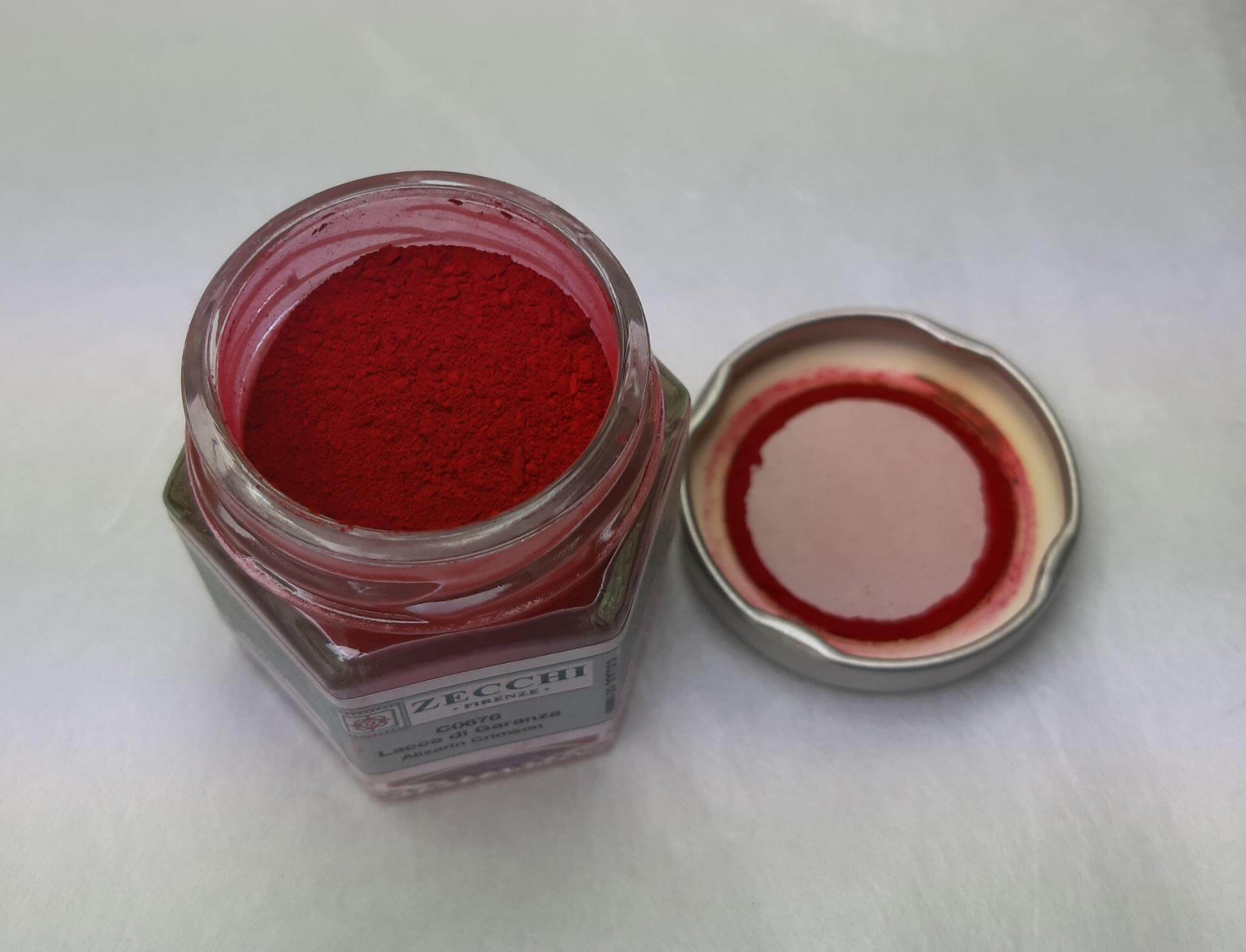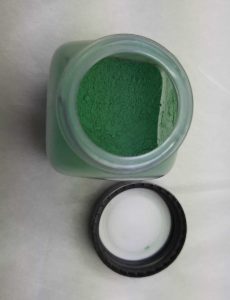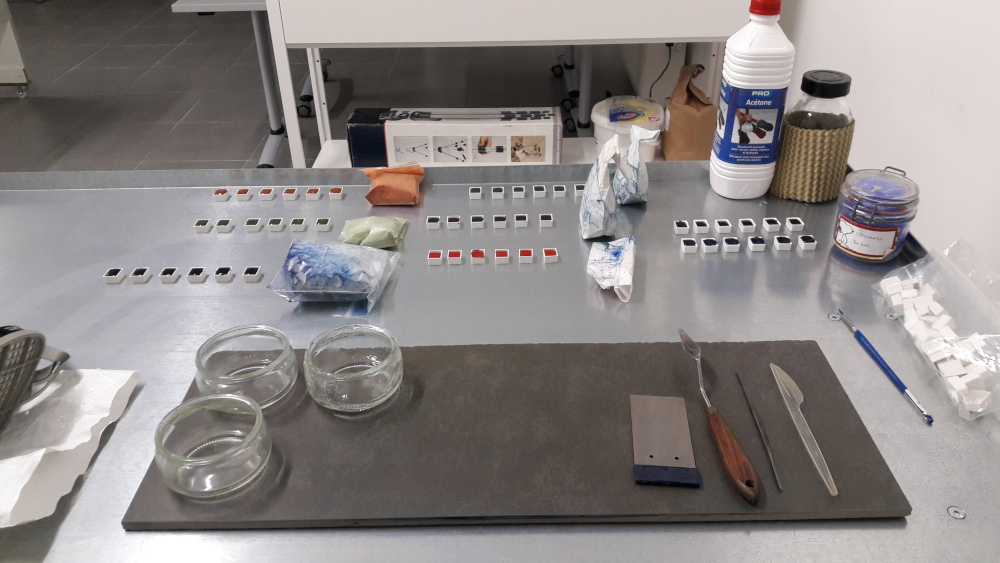Pigments are an integral part of the work of the restorer of works of art: they are one of the main constituents, together with the binder, of the pictorial films stretched by artists to give life to their works, whether they are painted on canvas, polychrome wood sculpture, sculpture in polychrome stone, fresco or dry wall paintings. The pigments are also used for particular techniques such as the Italian technique of scagliola. In this technique, the pigments are mixed with chalk and animal glue to produce pastes that are used to make fake marbles. Pigments are also very important to produce one of the main tools in the restorer’s work: retouching colors (watercolors and varnish colors), see my article on retouching colors.
But what are pigments?
They are colored solid powders, insoluble in the binder in which they are dispersed and inert both chemically and physically in the binder itself.
There are also dyes, transparent substances which are used for coloring, after being absorbed by inert and colorless powders or gels, sometimes translucent. In this way, the dye is converted into pigment.
Pigments, from a chemical point of view, are divided into organic pigments and inorganic pigments:
ORGANIC carbon (C) + hydrogen (H) pigments are generally colorants and are of both animal and vegetable origin.
Some examples:
- Alizarin Lake (PR83) is a lacquer pigment made from the alizarin dye. A synthetic version of true madder lacquer, it is commonly referred to as madder lacquer. Alizarin is a red dye of plant origin, extracted from the root of the dyers’ madder (Rubia tinctorum L.), a plant of the Rubiaceae family. Carmine, also known as cochineal red or simply cochineal.
- The carmine cochineal (Dactylopius coccus) is an insect of the order Rincoti, native to Central America. The insect produces carminic acid, which is a defense against predators. This acid can be extracted from the body and from the eggs to produce this valuable natural dye.
INORGANIC PIGMENTS: they are generally of mineral origin, they have a crystalline structure (eg: carbonates, chromates, phosphates, sulphides, silicates, oxides);
They come in the form of:
EARTH: products of rock chippings of different nature;
An example of earth is Van Dyck brown which takes its name from the painter Antoon van Dyck, who used it extensively in his paintings. This brown is usually made from a mixture of natural and calcined earth and mainly contains iron oxides.
Very dark and intense brown in color, tending to blackish, this inorganic pigment has always been widely used in a large number of techniques (oil, watercolor, tempera, etc.).
MINERAL PIGMENTS: these are obtained from the grinding of minerals, and further processed;
- One example is malachite which has been used as a mineral pigment in art since ancient times.
There are also SYNTHETIC PIGMENTS, produced in the laboratory since the 18th century.
- An example is Prussian Blue, a ferric ferrocyanide. This is the first modern synthetic pigment.
General properties of pigments:
- INSOLUBILITY IN THE BINDER: the pigment does not dissolve in the binder, but remains in suspension.
- CHEMICAL AND PHYSICAL INERTIA BETWEEN THE BINDER AND THE SOLVENT: there must be no reaction or modification between these components.
- PHYSICAL INTERACTION BETWEEN PIGMENT AND BINDER: when pigment and binder are mixed, the phenomenon of DISPERSION occurs: the pigment particles are suspended stably in the binder, they are not dissolved. The attraction between the pigment and the binder occurs only in the separation surface between the two, called INTERFACE.
To understand how dispersal will occur, we need to consider two factors:
a) Wettability: the attraction between liquid molecules (binder) and solid molecules (pigment) must be stronger than the attraction of liquid molecules between them, it is only in this way that the liquid can wet the solid.
b) Grinding: the mechanical action to reduce agglomerates (more or less large accumulations of primary particles) and crystalline aggregates (these are found only in nature) into primary particles (the smallest).
Artists have always produced their colors as an autodidact, carefully choosing the purest pigments, which were ground in the workshop and mixed with binders and drying additives that were kept secret. From the middle of the 19th century, the appearance on the market of ready-made tubes greatly facilitated the work of the artist, especially those who practiced painting outdoors. But some artists still prefer to produce their own colors today, and in the same way, some restorers produce their retouching colors, in particular to be sure of their composition.




Leave A Comment